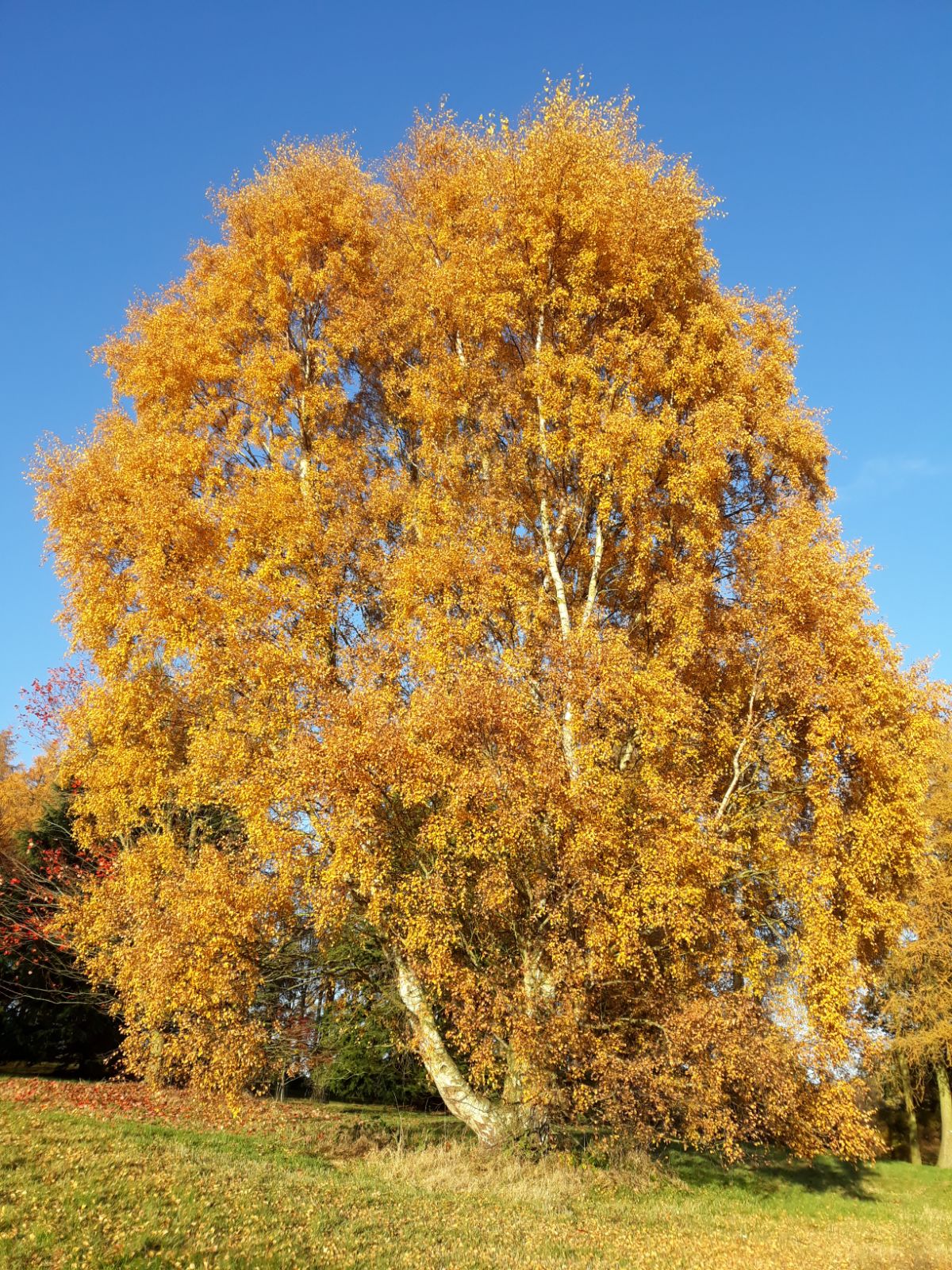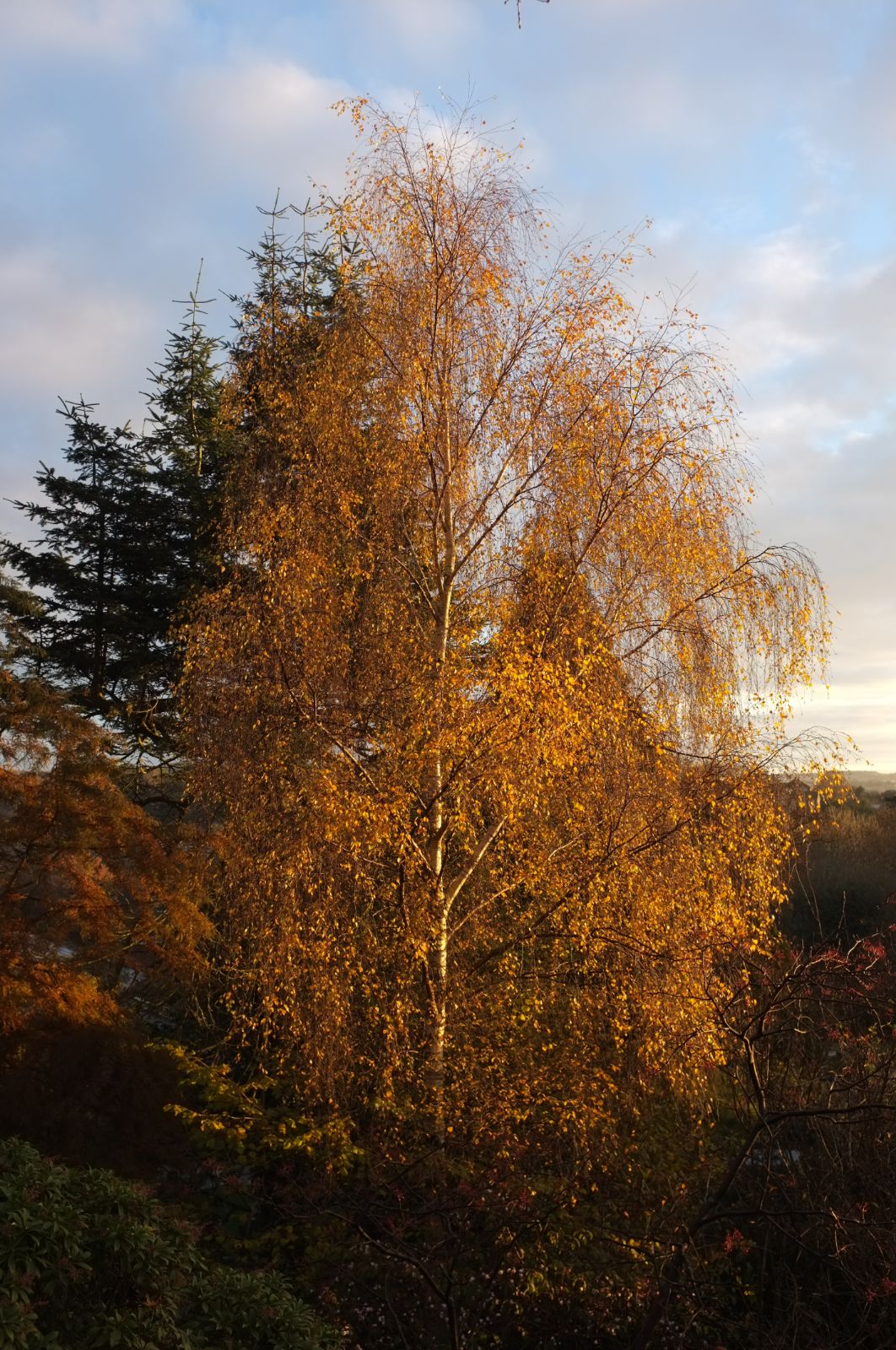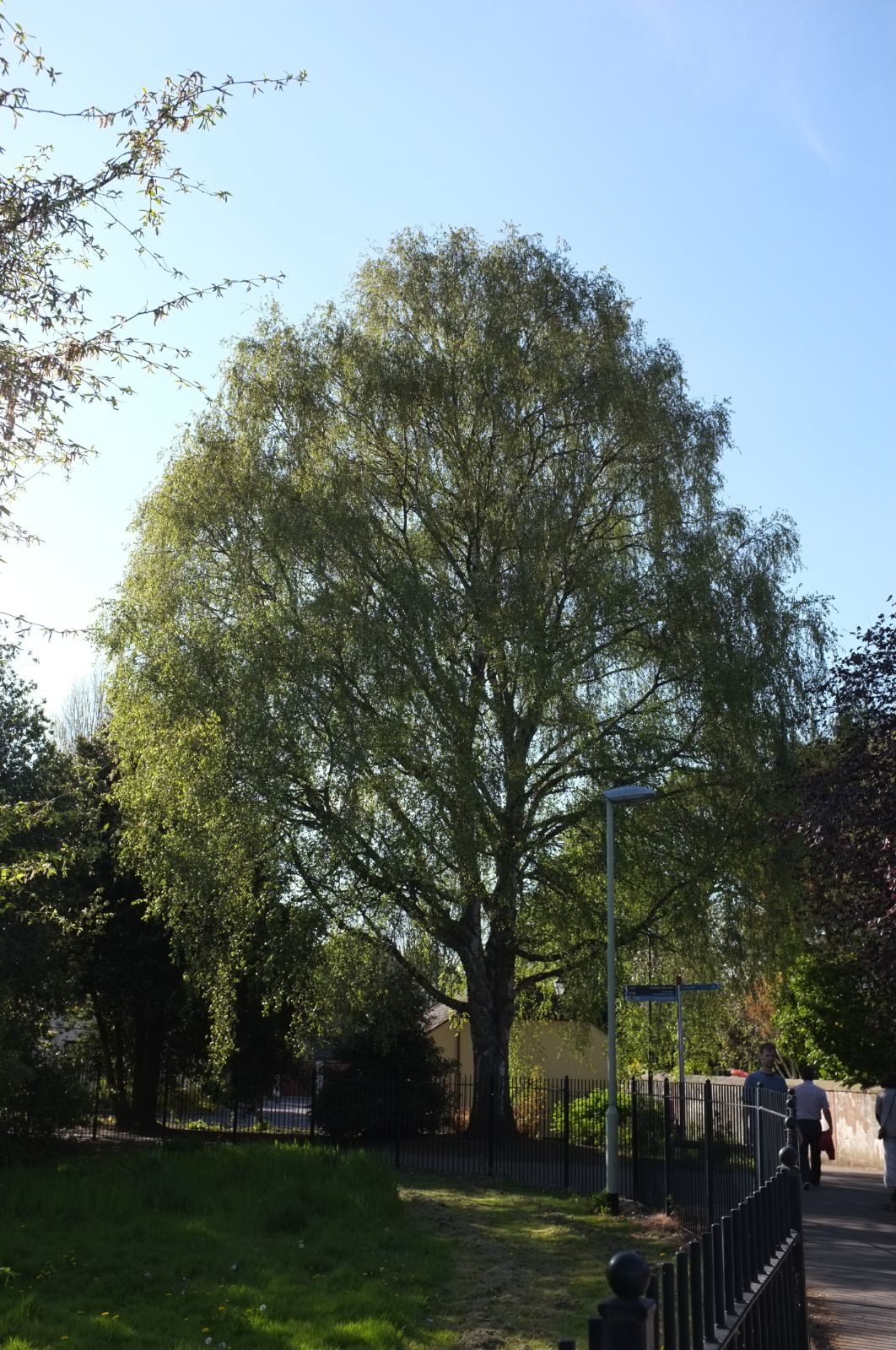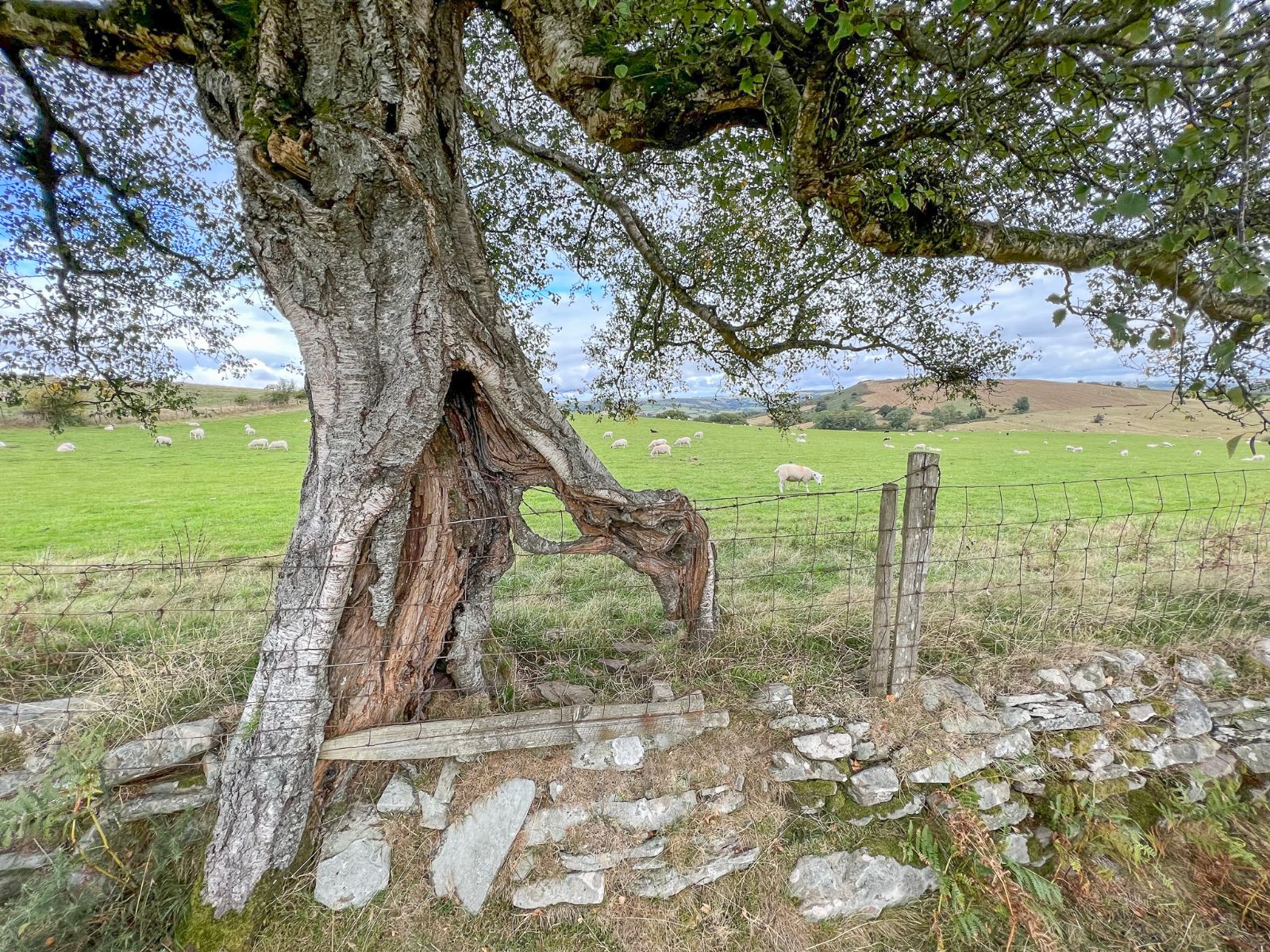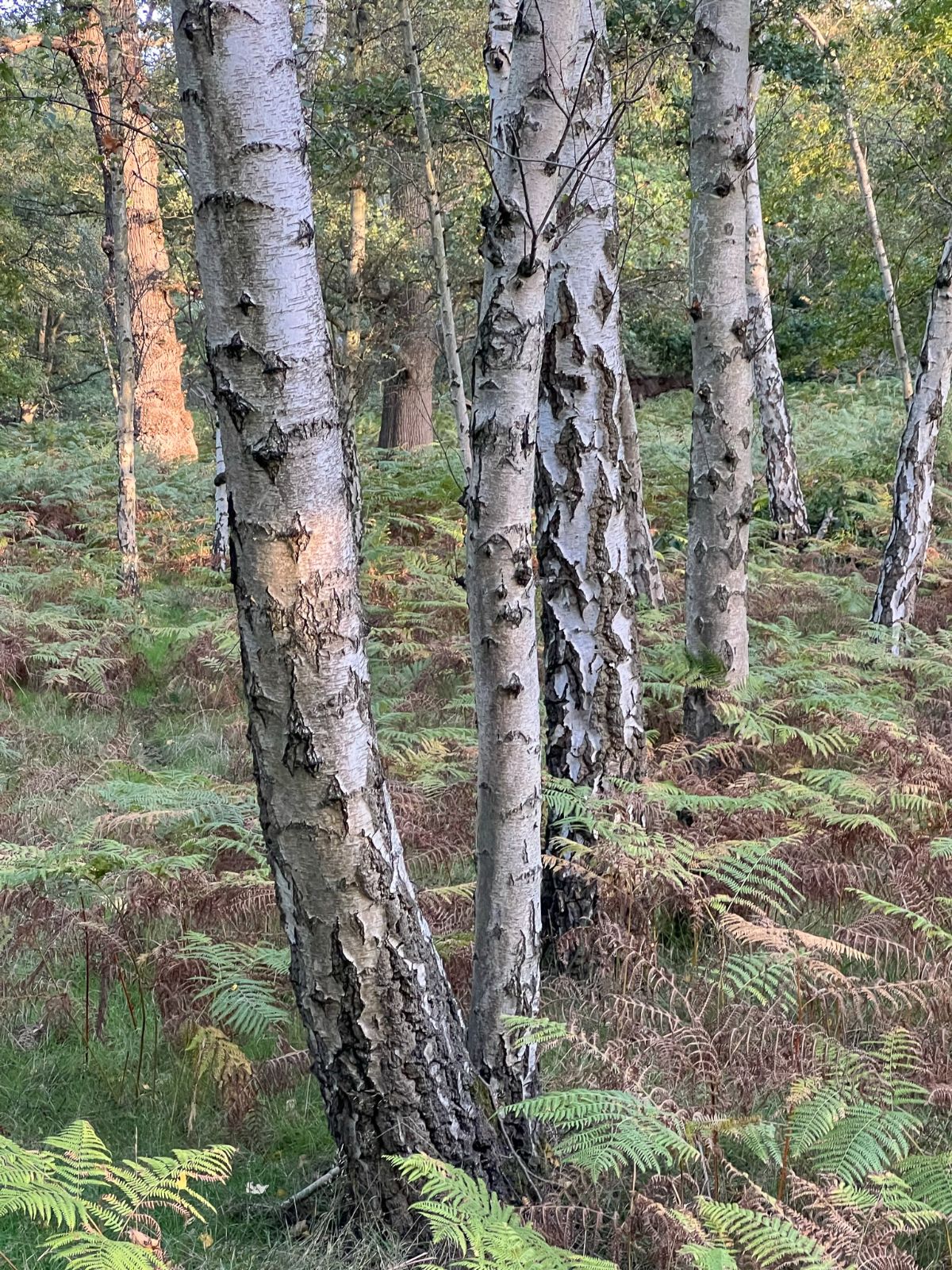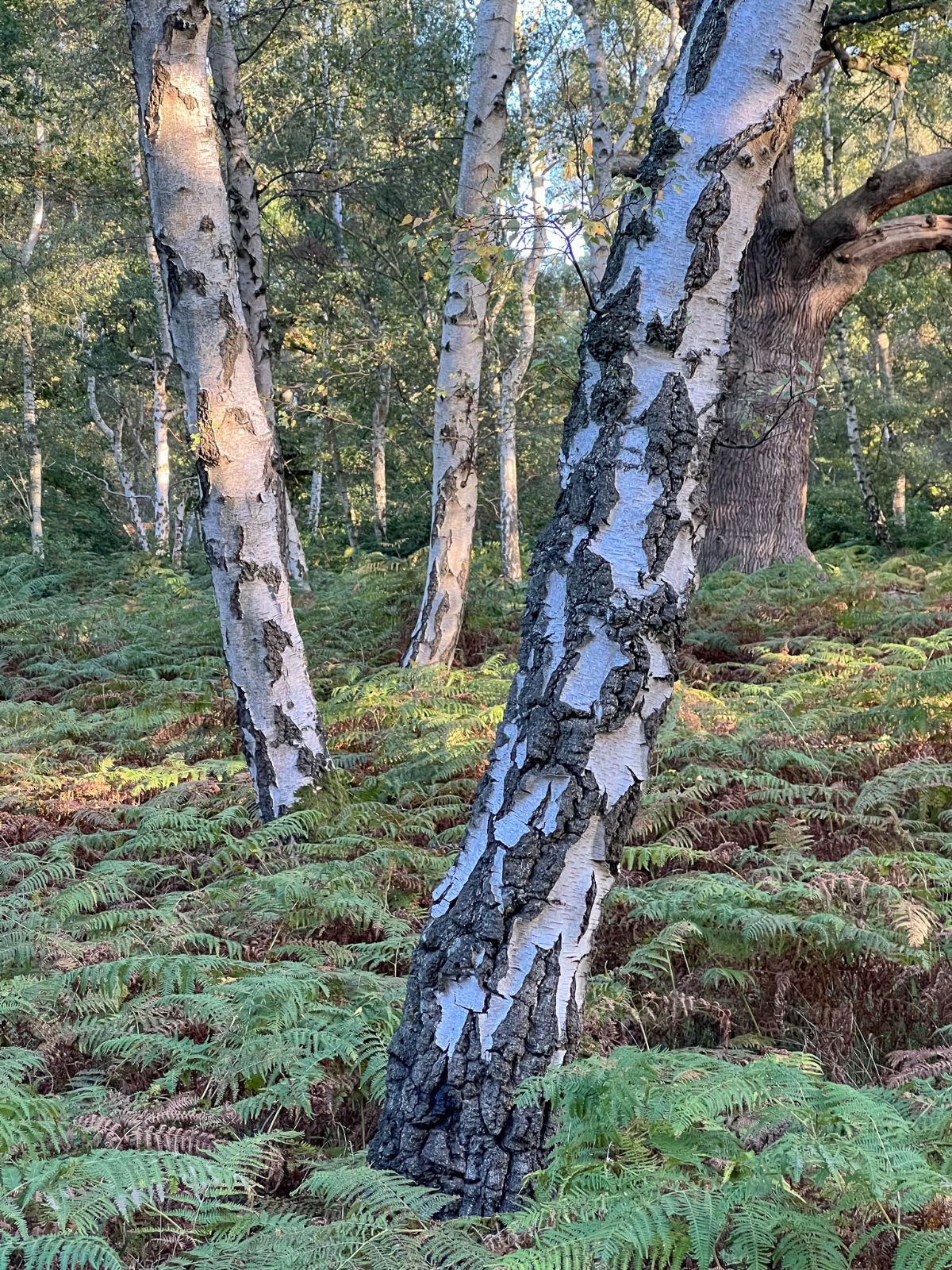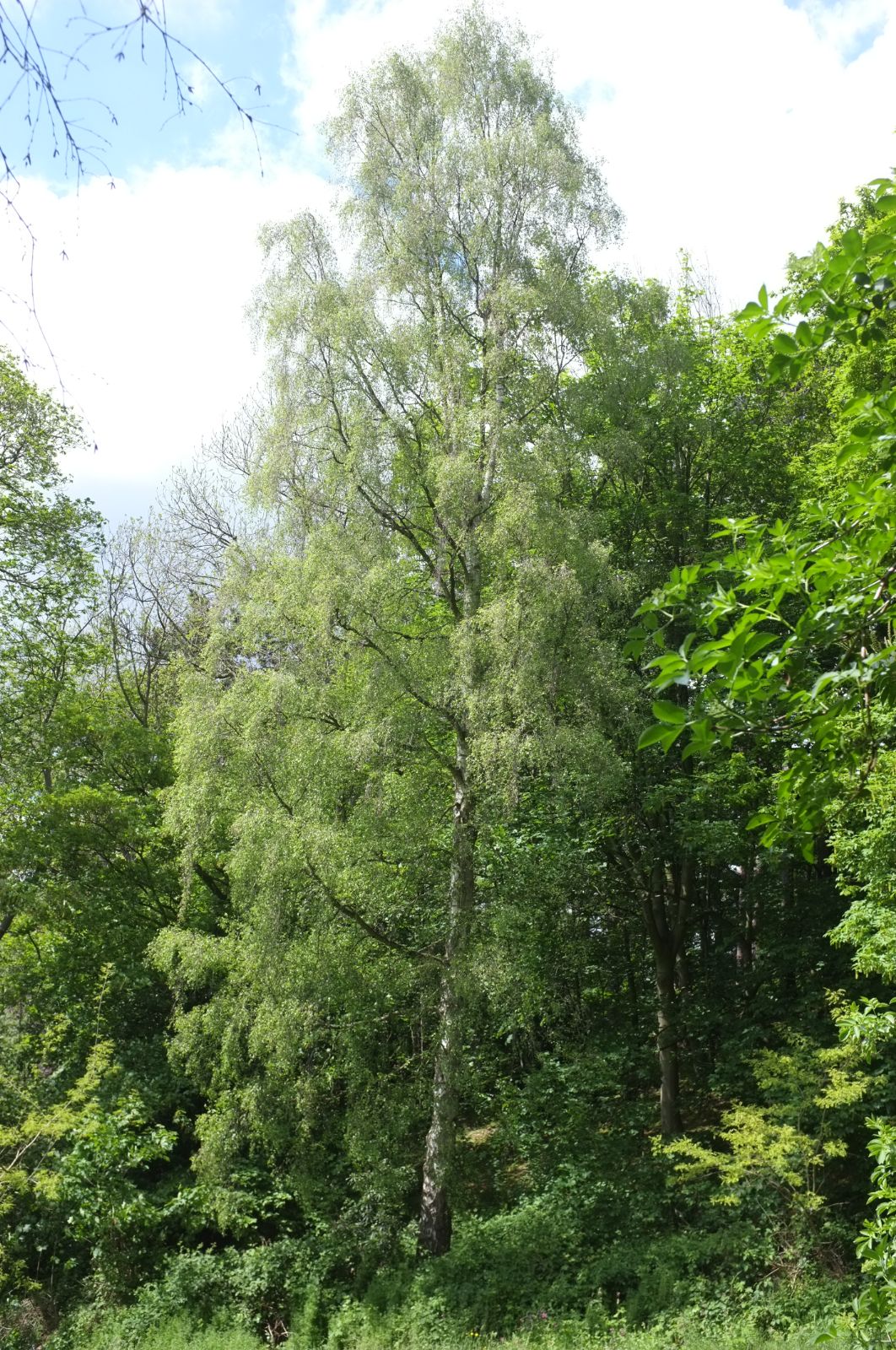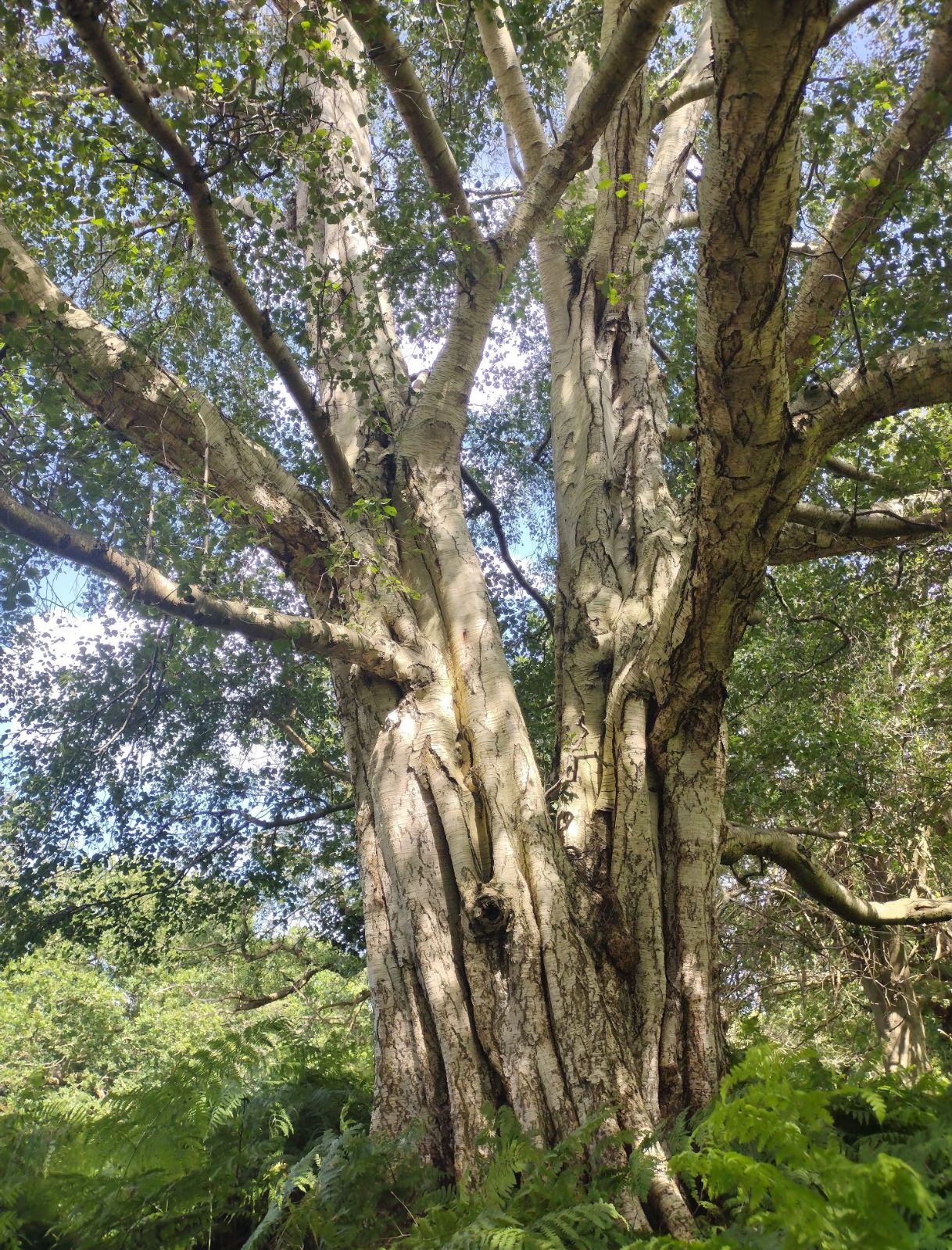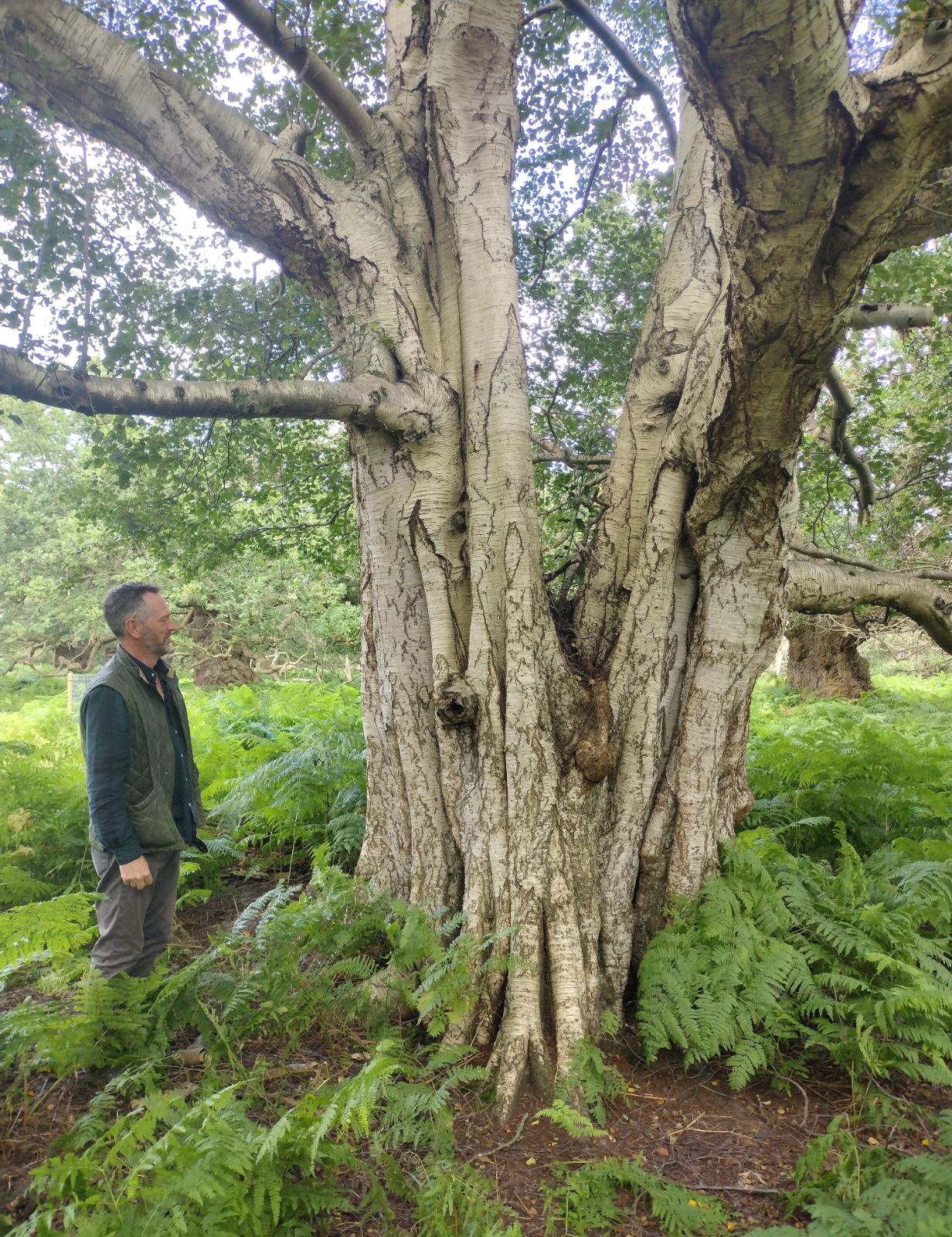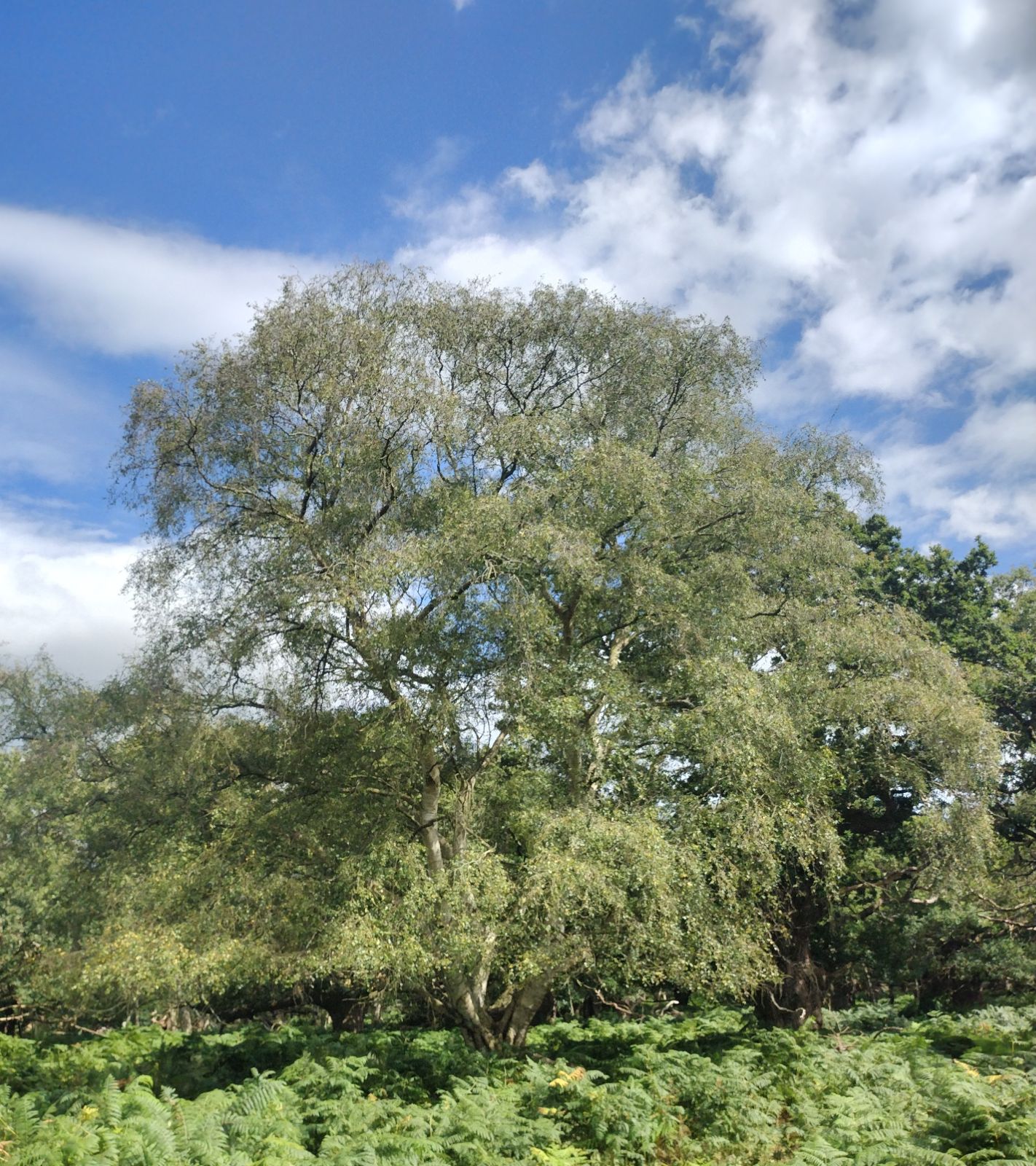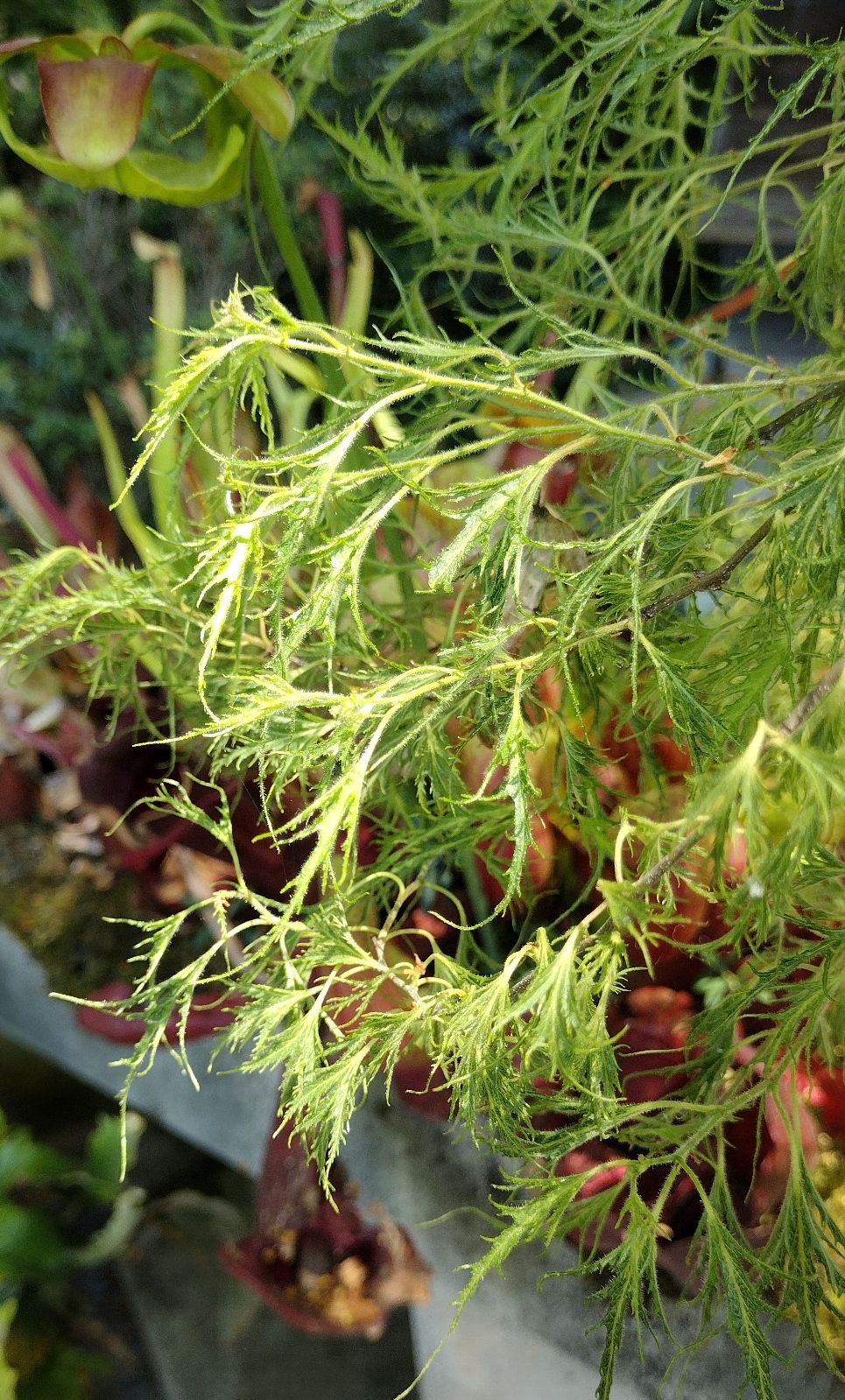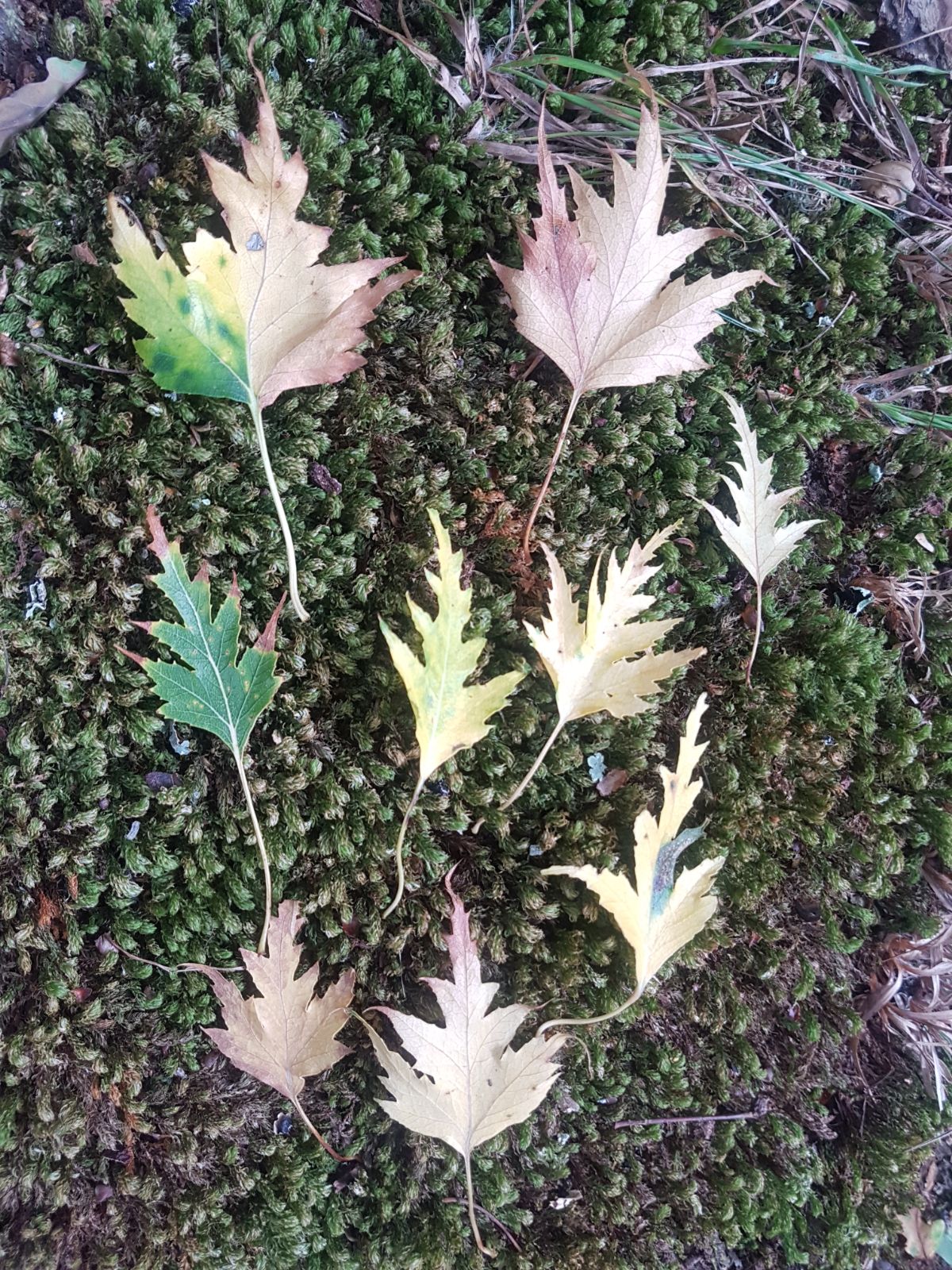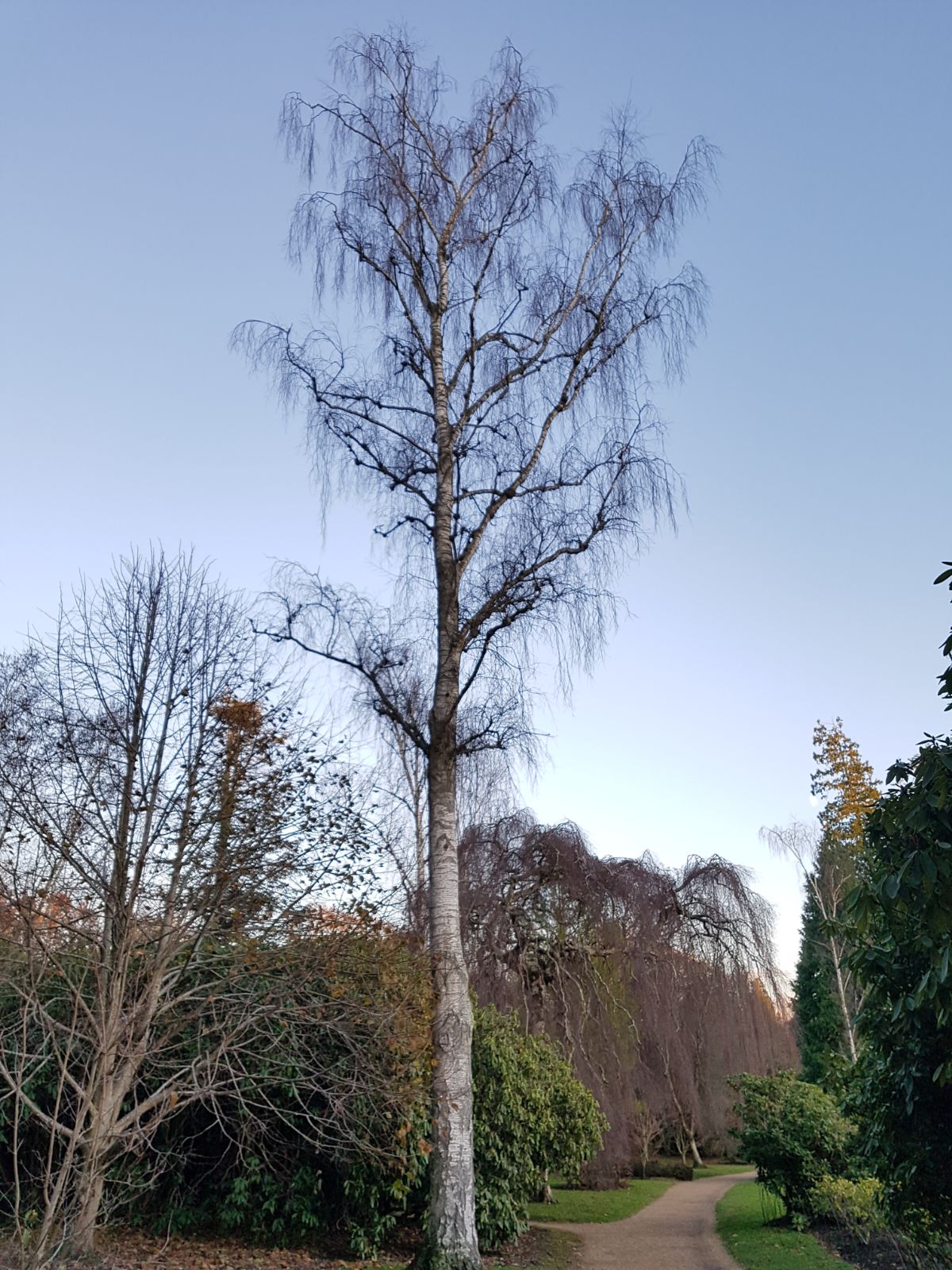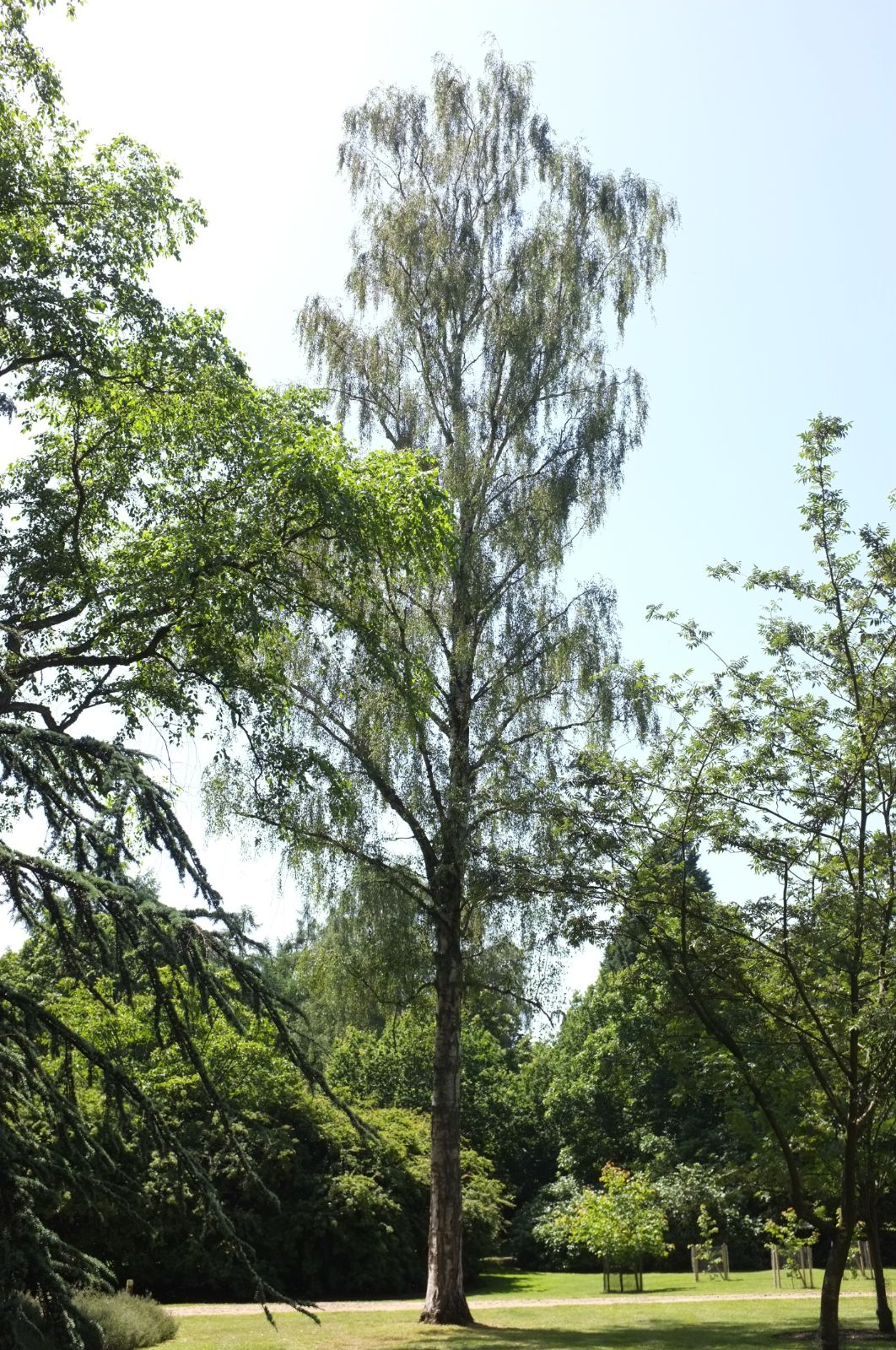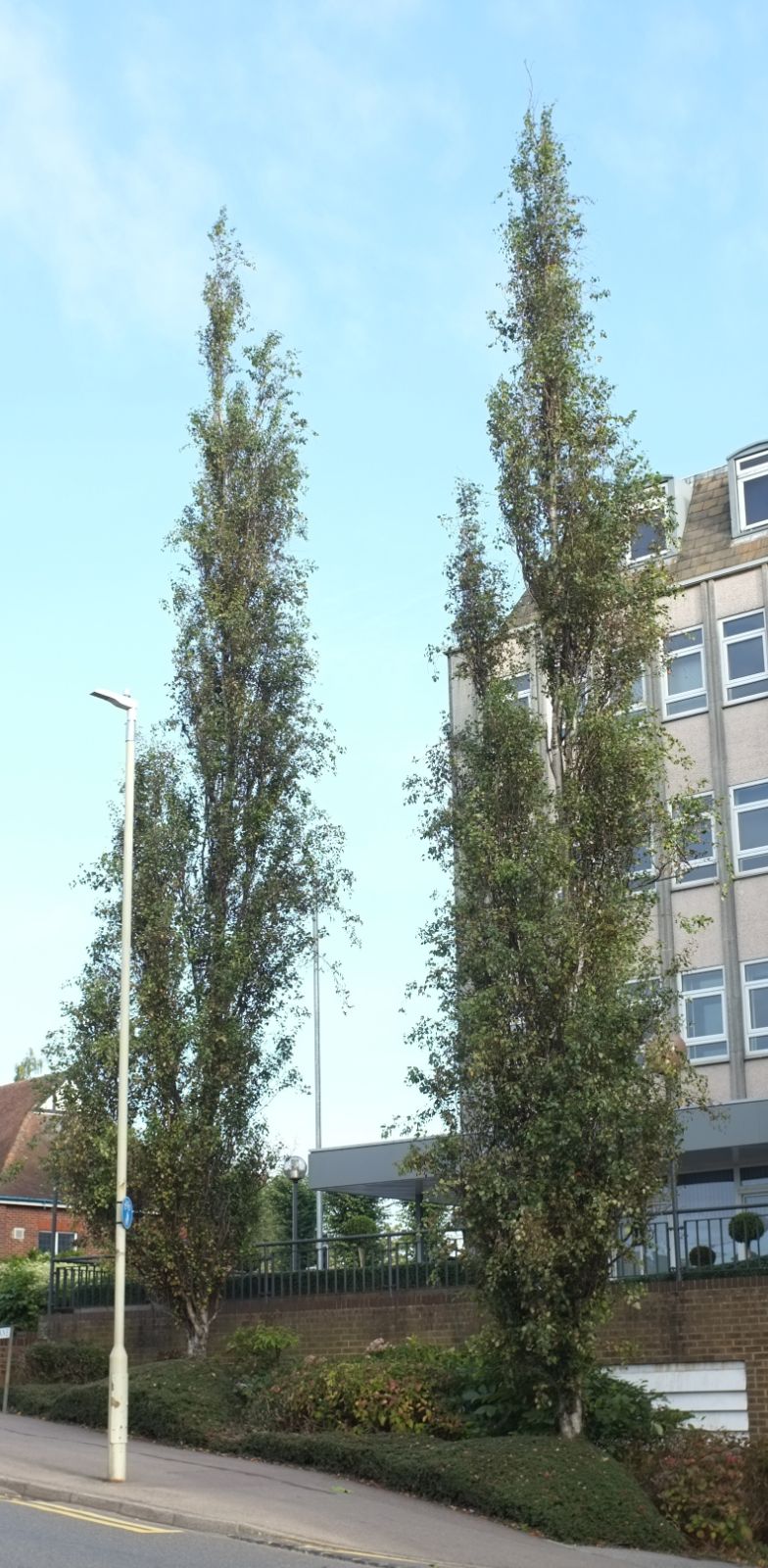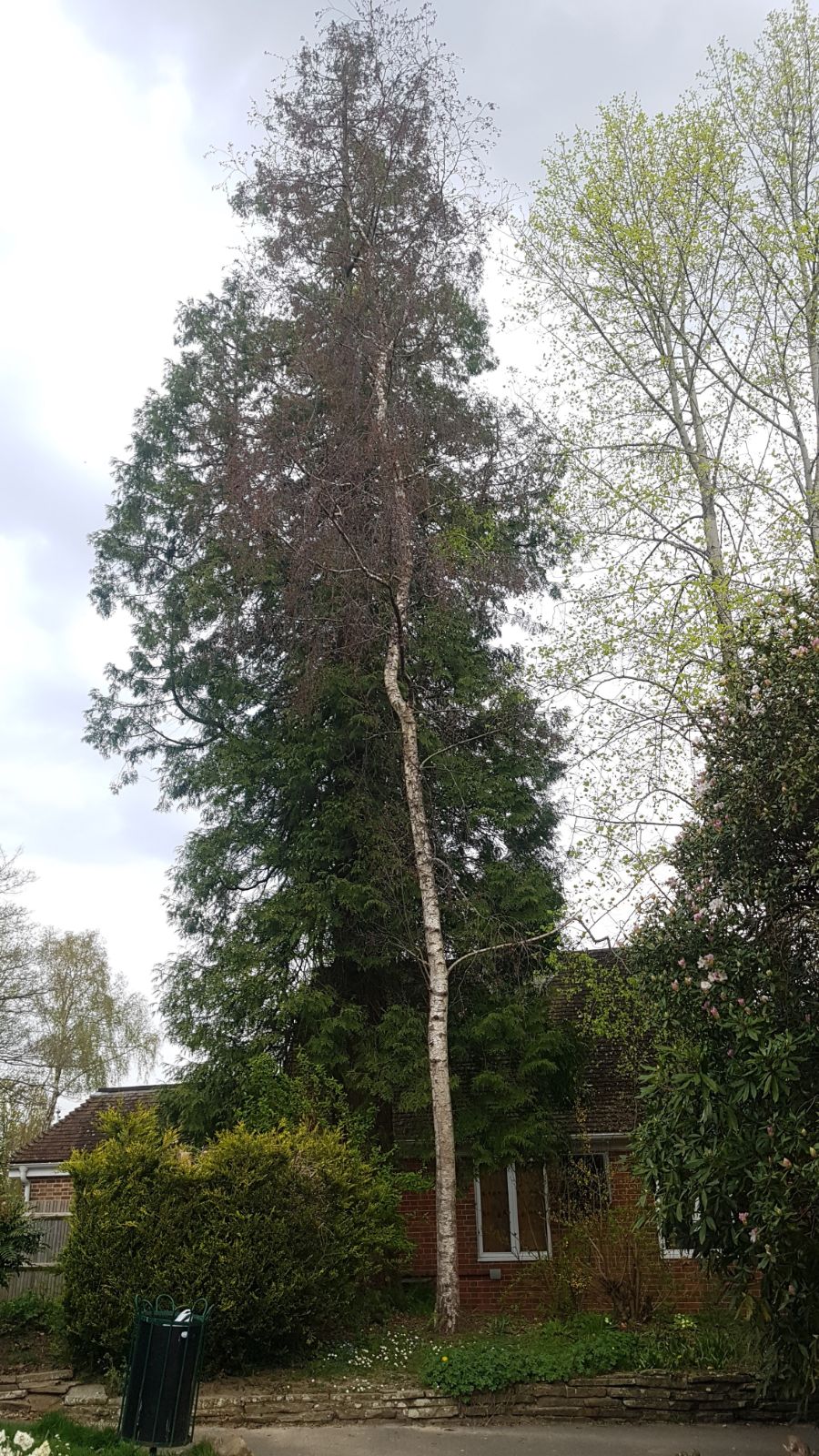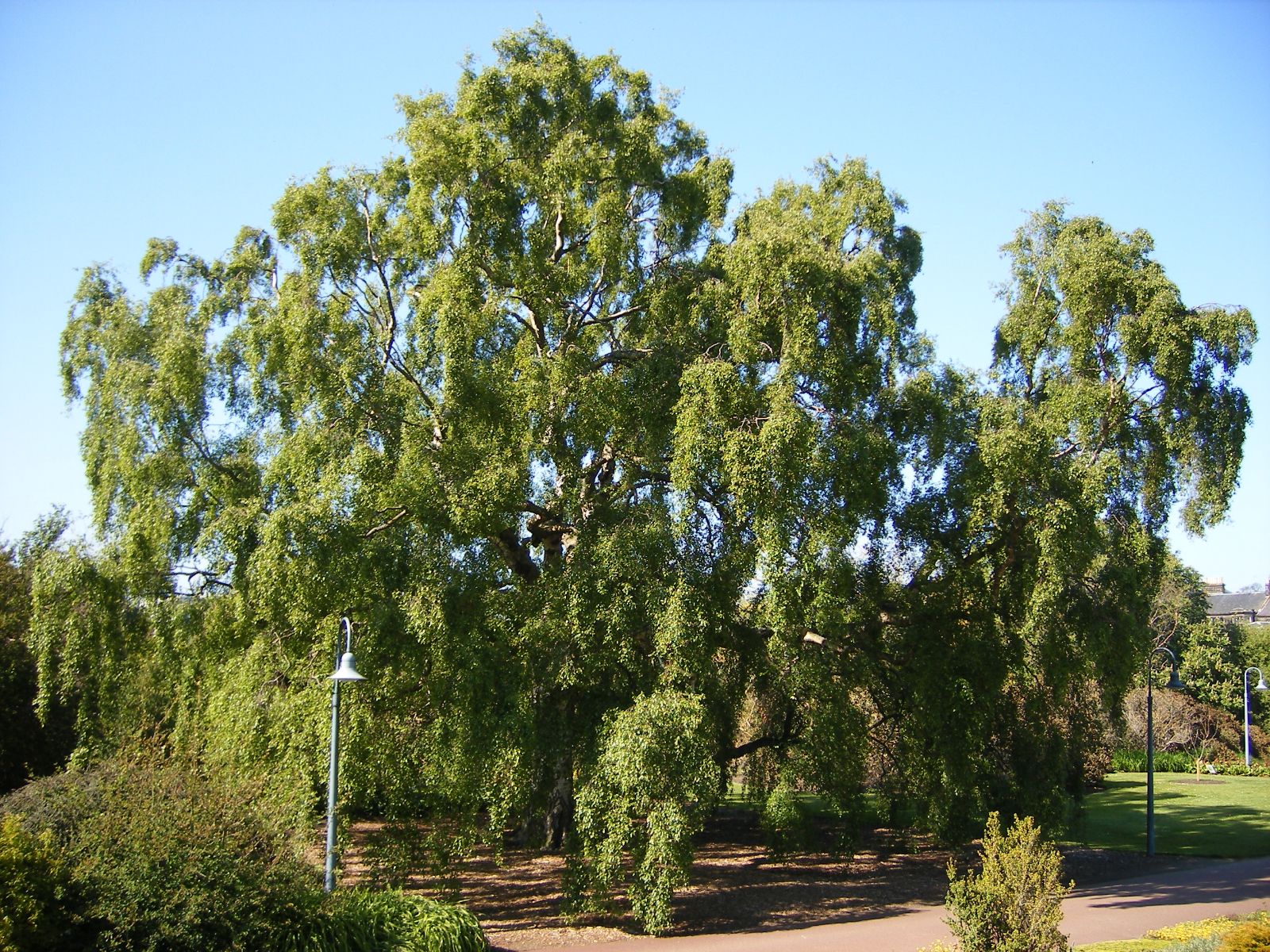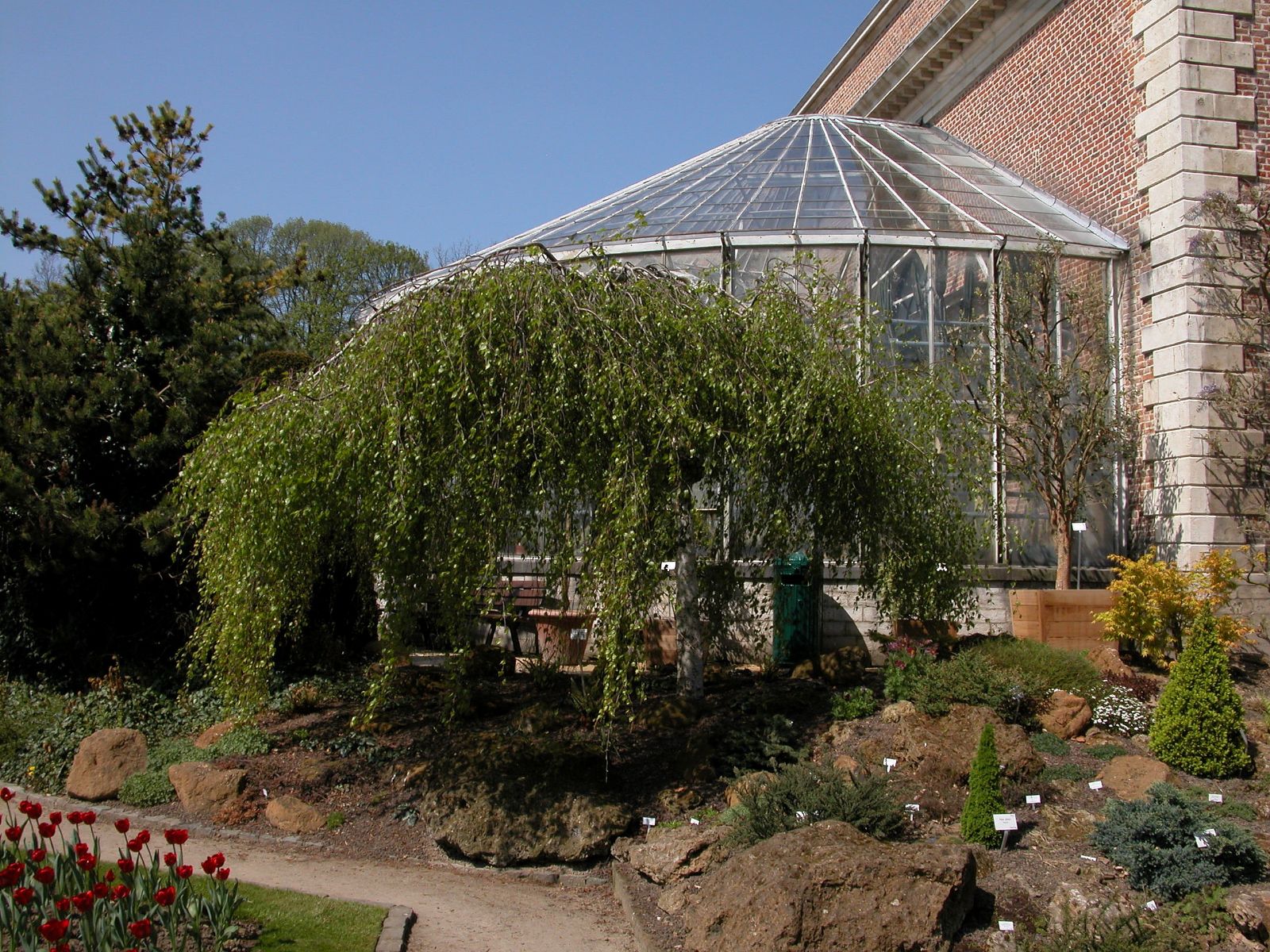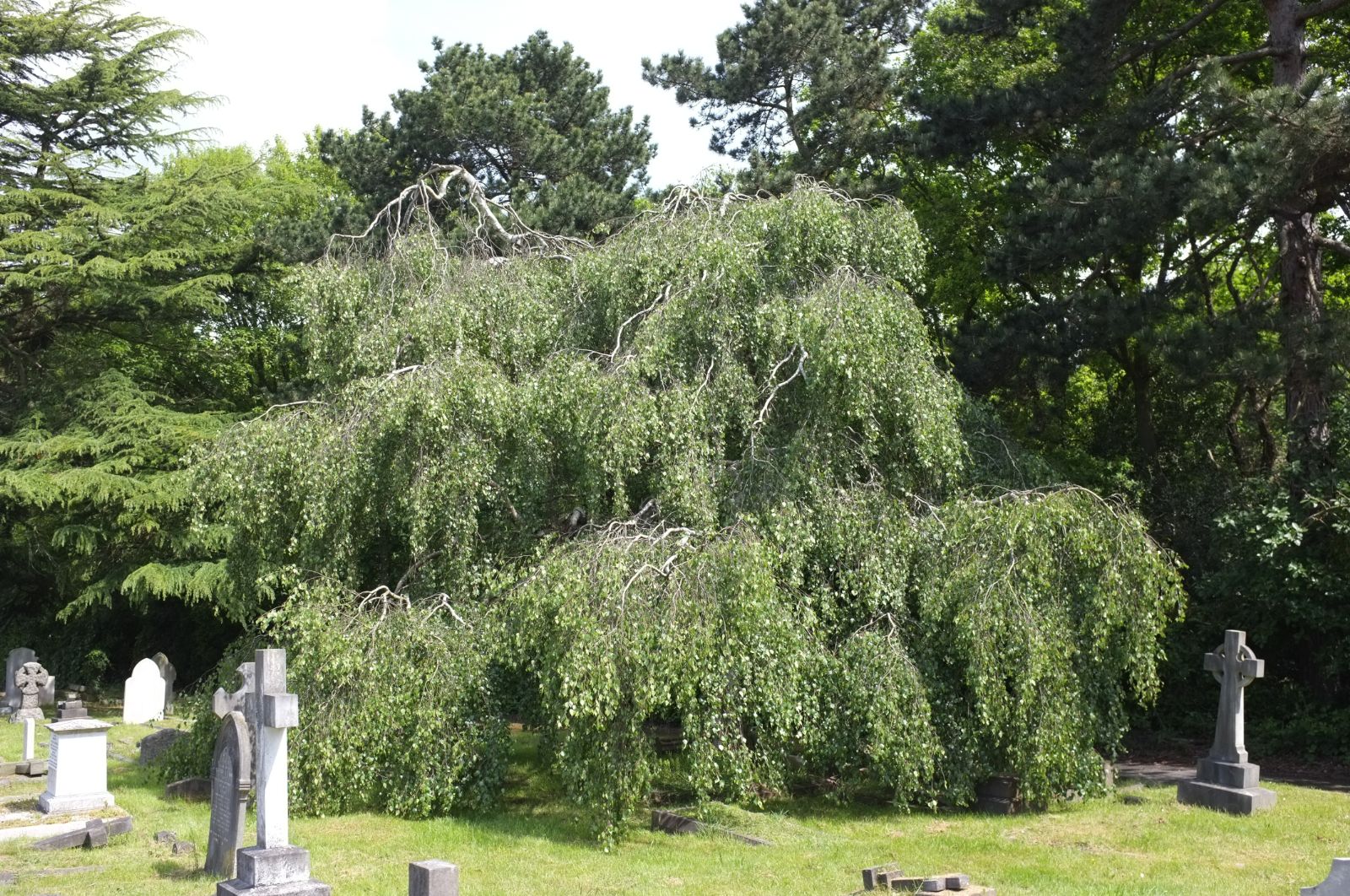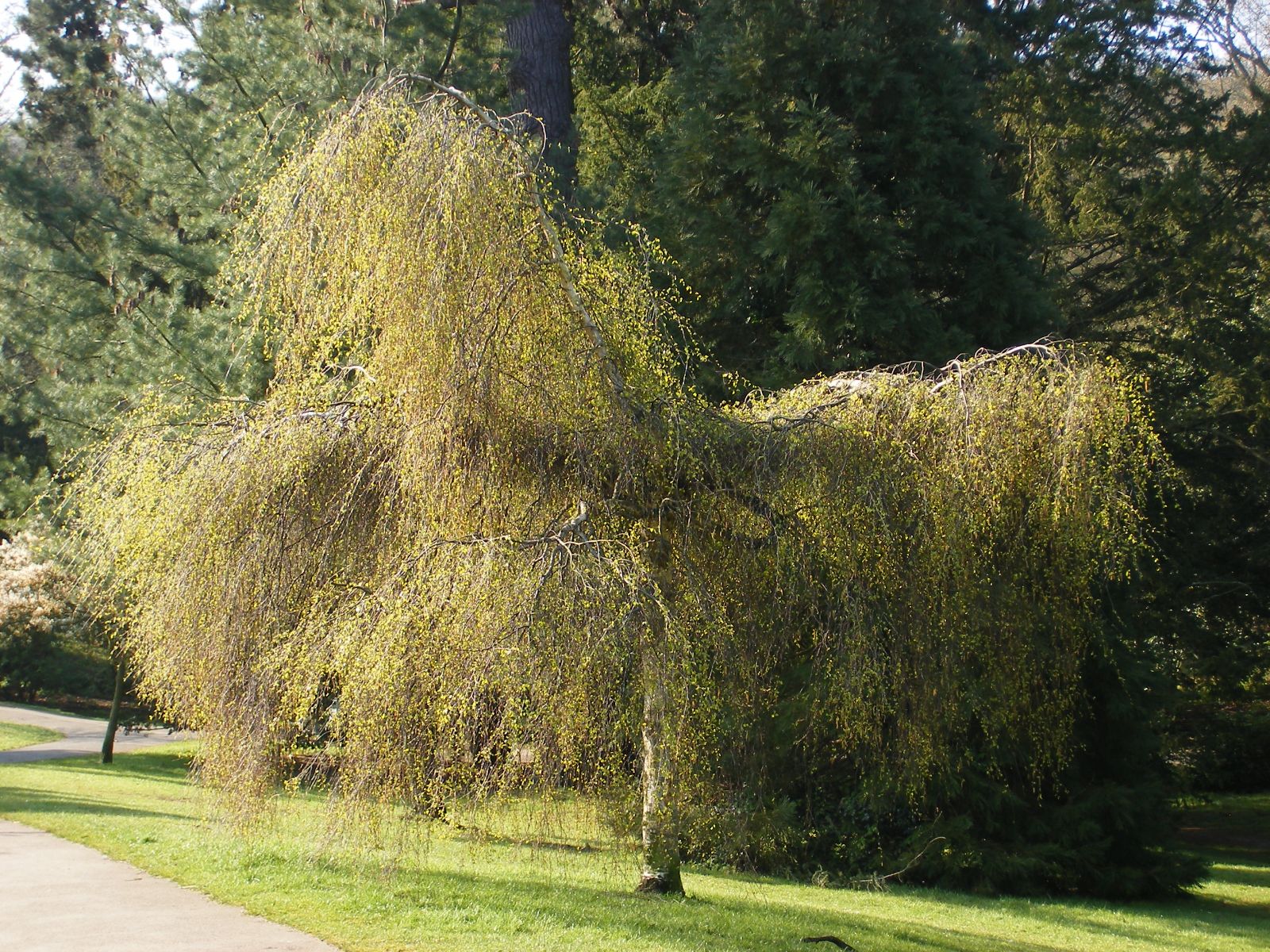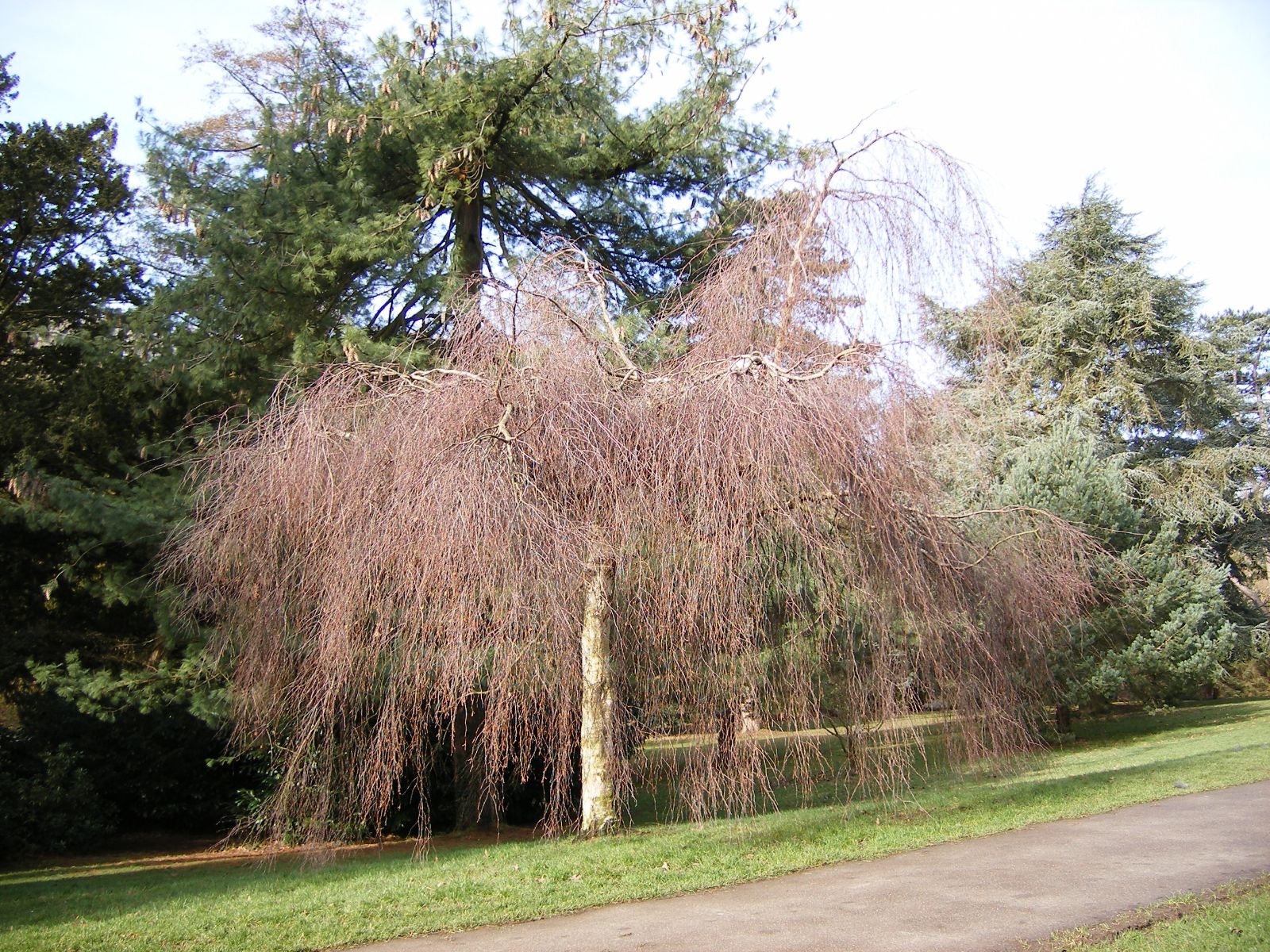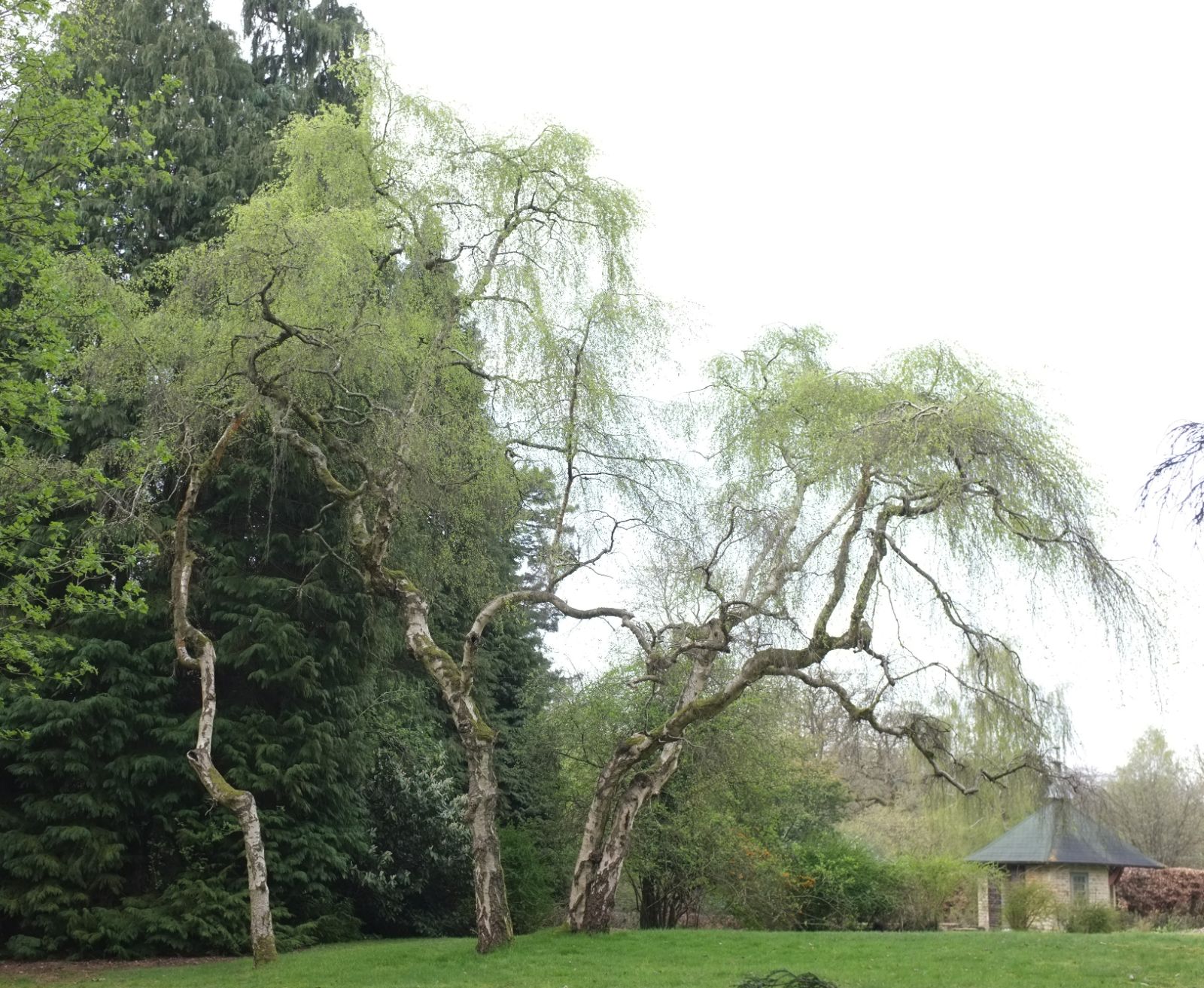Betula pendula
Credits
Article from Bean's Trees and Shrubs Hardy in the British Isles
Recommended citation
'Betula pendula' from the website Trees and Shrubs Online (treesandshrubsonline.
Genus
Common Names
- Silver Birch
Synonyms
- B. verrucosa Ehrh.
- B. alba L., in part
- B. alba var. pendula Ait.
Infraspecifics
Other taxa in genus
- Betula albosinensis
- Betula alleghaniensis
- Betula × aurata
- Betula bomiensis
- Betula × caerulea
- Betula chichibuensis
- Betula chinensis
- Betula coerulea-grandis
- Betula cordifolia
- Betula corylifolia
- Betula cylindrostachya
- Betula davurica
- Betula delavayi
- Betula ermanii
- Betula forrestii
- Betula glandulosa
- Betula globispica
- Betula grossa
- Betula humilis
- Betula insignis
- Betula jacquemontii
- Betula lenta
- Betula luminifera
- Betula lutea
- Betula mandshurica
- Betula maximowicziana
- Betula medwediewii
- Betula nana
- Betula neoalaskana
- Betula nigra
- Betula occidentalis
- Betula papyrifera
- Betula platyphylla
- Betula populifolia
- Betula potaninii
- Betula pubescens
- Betula pumila
- Betula raddeana
- Betula schmidtii
- Betula szechuanica
- Betula tianschanica
- Betula × utahensis
- Betula utilis
A tree ordinarily from 40 to 60, occasionally over 100 ft high, with a silvery-white trunk; branches pendulous at the ends; young wood not downy, but furnished with glandular warts. Leaves broadly ovate, sometimes rather diamond-shaped; 1 to 21⁄2 in. long, 3⁄4 to 11⁄2 in. wide; broadly wedge-shaped or truncate at the base, slenderly tapered at the apex, doubly toothed; not downy, but dotted with glands on both surfaces; stalk 1⁄2 to 3⁄4 in. long. Fruiting catkins 3⁄4 to 11⁄4 in. long, 1⁄3 in. wide, cylindrical; scales glabrous except on the margin; middle lobe the smallest.
Native of Europe (including Britain), especially of high latitudes; also of parts of N. Asia. This birch, with B. pubescens (q.v.), forms the B. alba of Linnaeus, but most authorities now concur in separating them. The species is easily distinguished from B. pubescens by the warts on the young branchlets and by the absence of down on all the younger vegetative parts. In the latter respect it differs from all the other cultivated birches except B. populifolia. It is a more graceful tree than the downy birch and is found on drier soils. (For timber value etc. see B. pubescens.)
A study of the cut-leaved birches of Scandinavia, by Nils Hylander, was published in Svensk Botanisk Tidskrift, Vol. 51, part 2, 1957.
From the Supplement (Vol. V)
† cv. ‘Birkalensis’. – Leaves with three or four acute lobes on each side, reaching about half way to the middle. An authentic tree at Kew is of remarkably columnar habit.
f. crispa – Although it may well be that the epithet laciniata has been applied to this form, it was also used for a birch very near to ‘Dalecarlica’ (see below). A leaf of f. crispa is figured in the note by Per M. Jorgensen in The Plantsman, Vol. I, pp. 253–5. According to him, it has been planted in Sweden in place of the true and rarer ‘Dalecarlica’, but so far as is known it has not been cultivated in this country.
cv. ‘Dalecarlica’. – It was stated at the bottom of page 427 that ‘so far as is known’ the specimen trees mentioned were of the true Ornäs clone, i.e., the cultivar to which the name ‘Dalecarlica’ properly belongs. But it seems that this is not the case. The correct name for the commercial clone is ‘Laciniata’, and indeed the Swedish cut-leaved birch now in cultivation was at one time sold under that epithet. It is very similar to the true Ornäs birch, although, according to H. J. Grootendorst, the leaves of the latter are up to 3 in. long, against 2 in. only in ‘Laciniata’, and the winter-buds are blunt, whereas in ‘Laciniata’ they are pointed (Dendroflora, No. 10 (1973), pp. 21, 23). He considered ‘Laciniata’ to be the finer tree.
The history of ‘Laciniata’ is unknown, but it was in commerce in Holland in the 1860s and almost certainly came from Sweden. There is in fact a strong possibility that it is the birch listed by Loddiges in his 1836 catalogue as Betula laciniata. It is true that Loudon considered this birch to belong to the American B. populifolia, which also has cut-leaved forms. However, his belief may simply have been based on the long-acuminate leaves of the Swedish cut-leaved birch, leaves with a prolonged apex being the distinguishing feature of B. populifolia in its normal form.
The true ‘Dalecarlica’ was put into commerce in Sweden in 1886, but it is now rare even there (Jorgensen, op. cit. supr.). In 1932 the Boskoop firm of F. J. Grootendorst and Sons imported propagation material from Sweden of the true clone, and it is still raised in Holland in small quantities (H. J. Grootendorst, op. cit.).
Finally, it should be stressed that the clones ‘Dalecarlica’ and ‘Laciniata’ are very similar, and would both be referable to B. pendula f. dalecarlica (L.f.) Schneid.
specimens: Windsor Great Park, 70 × 33⁄4 ft and 60 × 33⁄4 ft (1978); R.H.S. Garden, Wisley, Surrey, 62 × 33⁄4 ft (1975) and 60 × 3 ft (1981); Sheffield Park, Sussex, pl. 1910, 70 × 4 ft (1974); Taymouth Castle, Perths., 110 × 53⁄4 ft (1983).
cv. ‘Fastigiata’. – This has attained 95 × 61⁄4 ft in Alexandra Park, Hastings (1983). A new cultivar of similar habit, briefly mentioned in the reprint, is ‘Obelisk’. The original tree was noticed by P.L.M. van der Bom in a wood near Arras in northern France in 1956 and propagated by his firm. It is likely to be an improvement on ‘Fastigiata’, with a much whiter bark and narrower crown (F. J. Fontaine, Belmontia, fasc. 13 (1970), pp. 176–7).
cv. ‘Laciniata’. – See under ‘Dalecarlica’ above. Space was found for a short reference to this cultivar in the reprint, but contrary to what was there stated this cultivar almost certainly arose in Sweden.
† var. lapponica (Lindquist) B. verrucosa var. lapponica Lindquist; B. brachylepis V. N. Vasiliev – This very distinct variety has a smooth white bark that does not become black and furrowed at the base of the trunk, even on old trees. The branchlets are less pendulous than in normal B. pendula, and it differs too, according to Lindquist, in its rather leathery, broadly deltoid leaves with coarse, obtuse serrations and its thicker female catkins. A native of northern Sweden and Finland; also of the Urals, according to the Russian botanist Vasiliev, who has given it the rank of species. It is also allied to B. platyphylla (q.v. in this supplement) and perhaps linked to it by intermediates.
† B. aetnensis Raf. – An endemic of Mount Etna, Sicily, this is perhaps no more than a local race of B. pendula, differing in its smaller leaves to about 1 in. long, not glandular on the upper surface, more shortly acuminate and not markedly biserrate. The Etna birch is provisionally recognised as a species by Pignatti in Flora d’Italia, Vol. 1, p. 108 (1982).
B × koehnei Schneid
This tree is of uncertain origin, but was thought by Schneider to be a hybrid between the silver birch and B. papyrifera. The type was grown in Späth’s nurseries as “B. cuspidata”. It is a graceful tree, which develops a white bark at an early age. There is an example 45 ft high in the Glasnevin Botanic Garden.B obscura A. Kotula
This birch is found wild in a number of localities in Poland and in parts of Russia and Czechoslovakia. It resembles the silver birch and has the same chromosome number, the main mark of difference being the bark, which is dark grey or blackish brown. The leaves are more rounded in outline, more consistently wedge-shaped at the base, and darker green.'Dalecarlica'
A very distinct tree, the leaves being lobed to within {1/8} to {1/4} in. of the midrib, the lobes themselves lanceolate, coarsely toothed, and with long slender points, the ends of the basal lobes curving backwards; leafstalks 1 to 1{3/4} in. long. Branches and leaves pendulous and the whole tree very elegant. (B. alba var. dalecarlica L. f.; B. a. var. laciniata Wahl.; B. pendula f. dalecarlica (L. f.) Schneid.)According to Hylander (op. cit.) the original tree, described by the younger Linnaeus in 1781, grew at Lilla Ornäs in the province of Dalarna (Dalecarlia), where it was first observed in 1767. It was destroyed in a storm in 1887 but graft-wood had been taken from it some years earlier and the offspring planted in the Experimental Garden at Stockholm. From these, and hence from the type-tree, all the true Ornäs birches are descended by vegetative propagation. The cultivar name ‘Dalecarlica’ should be reserved for this clone. The botanical group name B. pendula f. dalecarlica (L. f.) Schneid. is available for other trees of similar character, but in fact only one has since been observed in Sweden, in the province of Smaland.So far as is known the following specimens are of the true clone, which was introduced to Britain before 1885: Taymouth Castle, Perths., 90 × 5{1/4} ft, grafted at 1 ft (1961); Tittenhurst, Berks., 75 × 4{1/2} and 69 × 4{1/4} ft, both grafted at 5–6 ft (1963); Sheffield Park, Sussex, pl. 1910, 65 × 3{1/2} ft (1960); Madresfield Court, Worcs., 72 × 3{3/4} ft (1964); Royal Horticultural Society Gardens, Wisley, Surrey, 57 × 3{1/4} ft (1964).
'Dentata Viscosa'
A bushy, small tree of close, twiggy habit; branchlets and leaves very viscid; leaves closely set on the twig, {3/4} to 1{1/2} in. long, coarsely double-toothed or even small-lobed; leaf-stalks {1/2} in. long. This tree is no longer grown at Kew and must be very rare or even non-existent in British gardens, but is to be seen in continental collections and should be re-introduced. It was first distributed by Chenault of Orleans around 1912 as B. dentata viscosa pyramidalis.'Elegans'
Branches hanging almost perpendicularly, leader erect. Bonamy’s nursery, Toulouse, around 1866.f. crispa (Reichb.) Holmberg
Synonyms
B. verrucosa or pendula var. laciniata of many authors, not Wahl
f. oycowiensis (Besser) Schneid. B.
Synonyms
oycowiensis Besser
'Fastigiata'
Branches erect-growing, the tree being of columnar habit and resembling a Lombardy poplar. First distributed by Simon-Louis Frères, before 1870. There is an example at Westonbirt, in Silkwood, measuring 71 × 3{1/4} ft (1964).
'Gracilis'
A small tree with finely cut leaves and drooping branches. The twigs are produced in clusters like elongated witches brooms. Origin unknown and perhaps not in cultivation here. There is a striking photograph of this birch in G. Kriissmann’s Handbuch der Laubgehölze, plate 60.'Purpurea'
Leaves deep purple. The purple birch arose among seedlings raised in his own garden by a worker in Transon’s nursery, Orleans. He multiplied it by grafting and in 1873 sold the whole stock, which was apparently put into commerce under the epithets atropurpurea and foliis purpureis. But it was first described by André as B. vulgaris purpurea in Ill. Hort., Vol. 19, p. 199 (1872). It is figured in Rev. Hort. Belge, Vol. 4, p. 185 (1878).
'Tristis'
An elegant narrow-crowned tree with an erect leading shoot and drooping branches. Known since 1867. The same clone as ‘Elegans’?
'Youngii'
Common Names
Young's Weeping Birch
An elegant tree, good for small gardens. The branches are slender and perfectly pendulous, without a leading stem. If grafted on a high standard it makes a small mushroom-headed tree. If on its own stem it must be carefully trained.

